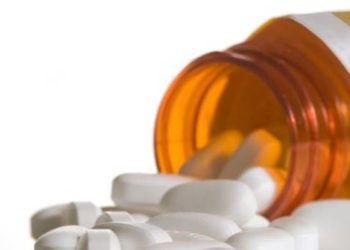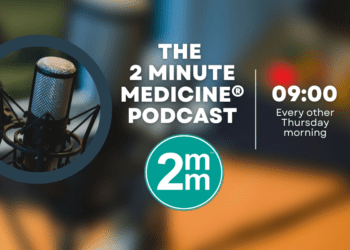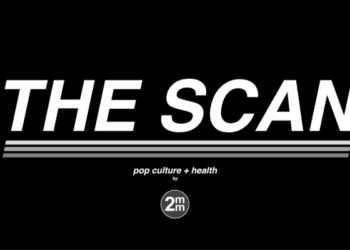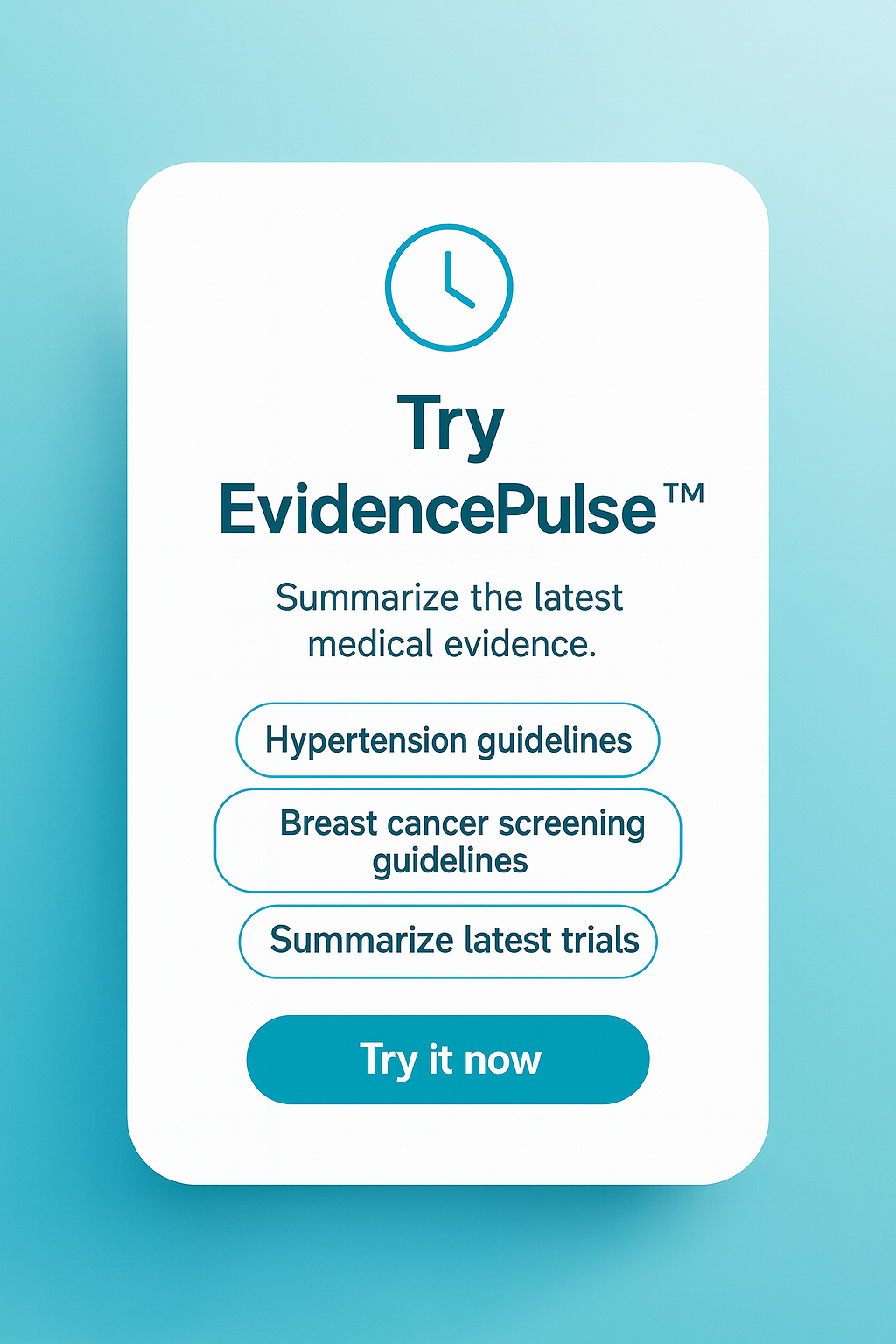#VisualAbstract: Prevention of Early Ventilator-Associated Pneumonia after Cardiac Arrest
1. A 2-day course of amoxicillin-clavulanate and targeted temperature management of 32-34 degrees Celsius after cardiac arrest with shockable rhythm resulted in a lower incidence of early ventilator-associated pneumonia than the control group.
2. The intervention did not cause a significant decrease in the rate of late ventilator-associated pneumonia, number of ventilator-free days, ICU length of stay, and mortality at day 28 as compared to the control group.
Evidence Rating Level: 1 (Excellent)
Study Rundown: Survival rates upon discharge among patients with out-of-hospital cardiac arrests is poor, remaining below 20%. In addition, targeted temperature management is recommended in such patients but is associated with increased risk of infection. This randomized controlled trial was designed to test the use of antibiotics plus temperature control to decrease the amount of ventilator-associated pneumonia in patients with out-of-hospital cardiac arrest with a shockable rhythm. A 2-day course of amoxicillin-clavulanate and targeted temperature management of 32-34°C after cardiac arrest with shockable rhythm resulted in a lower incidence of early ventilator-associated pneumonia. A higher frequency of enterobacteria was seen in patients that received amoxicillin-clavulanate. No significant difference was seen between the two groups in the rate of late ventilator-associated pneumonia, number of ventilator-free days, ICU length of stay, and mortality at day 28. Given the small sample size and specific inclusion criteria, further research is required to determine whether antibiotics and targeted temperature control decrease the amount of early ventilator-associated pneumonia in cardiac arrest patients, and if the findings can be applied to other populations.
Click to read the study in NEJM
©2019 2 Minute Medicine, Inc. All rights reserved. No works may be reproduced without expressed written consent from 2 Minute Medicine, Inc. Inquire about licensing here. No article should be construed as medical advice and is not intended as such by the authors or by 2 Minute Medicine, Inc.









